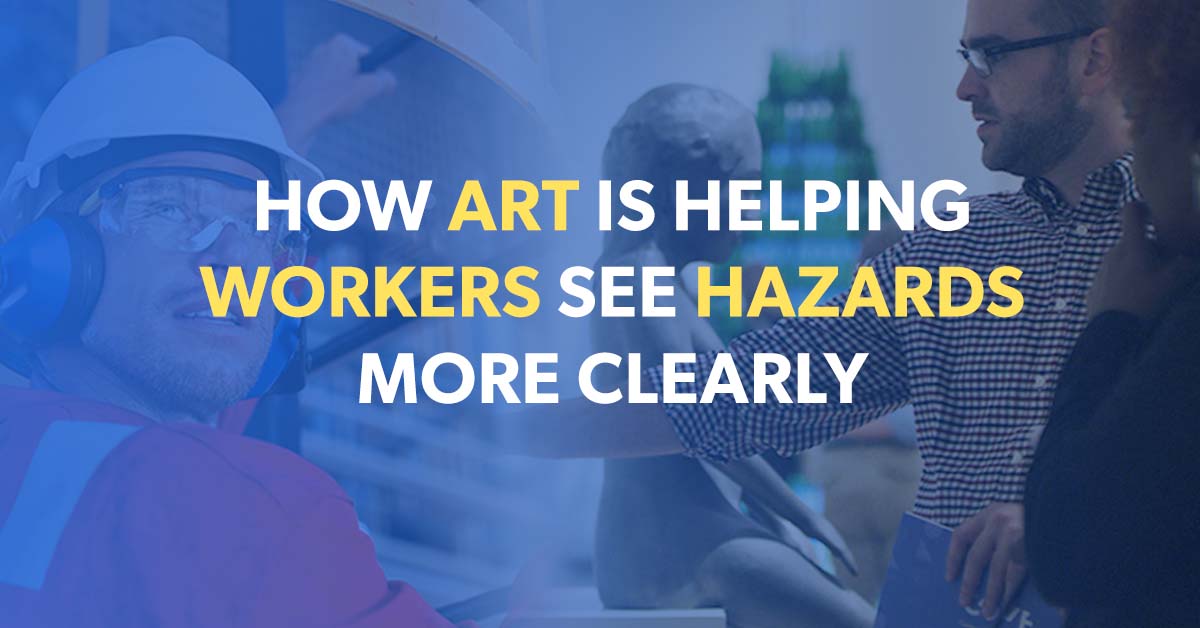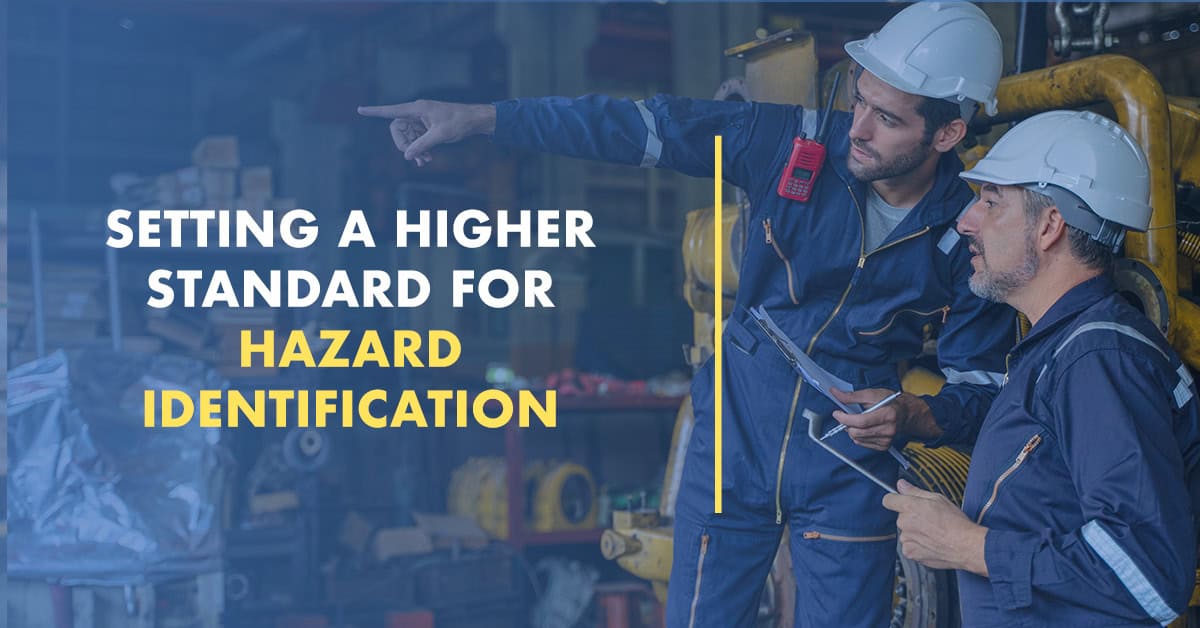You have a unique opportunity in 2021 to get the attention of senior leadership in your organization. For the past 15 months at least, it is likely senior leaders have given you more attention, due to the COVID-19 crisis, then perhaps they have ever given to occupational safety and health. Perhaps before the pandemic, you met with your top senior executives annually, quarterly, maybe monthly. During the months of the pandemic, many safety and health professionals communicated on a daily basis with their senior leadership. The situation was extremely fluid and unpredictable, with CDC, OSHA, WHO and state and local guidance constantly changing, necessitating regular updates to company policies and protocols.
Now, in 2021, coming out of the pandemic, a key issue for safety and health professionals is to sustain that senior leadership attention. Leverage it. Make the most of, in many respects, newfound relationships, credibility and trust.
Business recovery is on the top of the agenda of many organizations and their senior leaders. This includes returning employees back to face-to-face work and addressing their concerns. Individual mental and physical well-being are top of mind with many employees, according to research. As of June 14, 2021, 43.7 percent of the U.S. population had been fully vaccinated, according to the CDC.
In addition, the healthcare industry must comply with OSHA’s new COVID-19 emergency temporary standard, announced June 10.
You, as an occupation safety and health professional, play a pivotal, valuable role in addressing business recovery issues, in particular post-COVID-19 protective practices and the concerns of returning employees.
Consider this research from the Society for Human Resource Management (SHRM):
- 22-25% of employees report experiencing symptoms of depression often
- Nearly 1 in 4 report they are a failure who has let themselves or their family down (23%)
- 22% of employees report often having trouble concentrating on things
- More than 1 in 3 employees report feeling tired or having little energy (35%)
- 41% report feeling burned out from their work
- Less than 40% of employees are getting enough sleep to feel rested
- Only 7% of employees have reached out to a mental health pro
These statistics have implications for safety, production, quality, morale and other business priorities. Let’s say you want to propose a 24/7/365 employee well-being program with in-house exercise equipment; healthy nutrition servings; voluntary stretching, yoga, healthy lifestyles and other classes; and access to counseling. You are scheduled to present your proposal to your senior leadership. To make the most of your time with senior leaders, to get and keep their attention – and their approval — your critical thinking skills are paramount. The application of Visual Literacy – observing, understanding, intervening and communicating – will improve your ability to get and sustain senior leadership’s attention, support and active involvement. Visual Literacy is a form of critical thinking that enhances your ability to assess and diagnose problems and opportunities, attributes valued by senior leadership.
Let’s examine in more detail several of these critical thinking attributes.
- Have courage. A tenet of COVE’s Visual Literacy training is: if you see something (hazards, incidents, or more broadly trends, data), say something. Speak up. Don’t be afraid or intimidated by executives who are unlike you, with different backgrounds, degrees, and power and clout you don’t have. Do not wait. Brad Giles, the new president of the American Society of Safety Professionals, said in a recent interview with ISHN magazine, “Leadership is an action, not a title.” Dr. Mike Williamsen, in his new book, “Delivering Safety Excellence,” writes, “Leadership needs to learn we get paid to be interrupted.”
- Build trust, credibility and your accountability. Your accurate, concise observations; descriptions; analysis; communications; and problem-solving skills, learned in Visual Literacy training, build your reputable “brand” with senior leaders. Stick to the facts, the data. Don’t make excuses if any of your information is incorrect. Follow through with corrections. With your action plan, follow up and do what you promise you will do.
- Negotiate. Practice scenarios, have alternatives to what you propose, various angles on a business case when seeking funds to carry it out. Expect negotiation to be inevitable. “We rarely get what we want in safety,” write Dr. Williamsen in his book.
- Make no assumptions. Visual Literacy makes you aware of your mental biases, blindfolds that can undercut your negotiations. Avoid complacency, over-confidence, the erroneous intuition that you know what others are thinking.
- Be creative. Safety often, in matter of fact usually, works with limited resources. It is often viewed as a cost center. Get into problem-solving mode: use your disadvantages to your advantage. Focus on the ingredients, the resources you have, not what you don’t have. Then embrace the freedom that this creates.
- Don’t act on pure emotion. You may regret your action a few hours later. Visual Literacy teaches you to press the pause button and self-reflect. This is an important critical thinking skill. Ask yourself, “What am I really feeling?” For example, get a second opinion on that angry email you have drafted for your boss before you press send. Pause, reflect, and re-center. Ask yourself what is most important to get and sustain senior leadership’s attention. Check your ego. Getting the attention of your senior leaders is not about impressing them with your technical knowledge. You get attention because people know you get things done. You solve problems.
- See the bigger picture. Have empathy for the challenges, pressures, demands of leadership. Executives sitting atop organizations perceive the broad context surrounding organizational issues and activities. They see holistically. Visual Literacy teaches you how to adopt this perspective. Explain concisely, without emotion or jargon, what you see happening or developing; risks, patterns, and trends, for example.
- Use your descriptive and communication skills. Explain the meaning, the relevance of what you observe and what you propose. Make use of your analytical and interpretative critical thinking skills. Explain your assessment of what you, your staff and department, senior leadership, and the entire organization can do to improve or correct a situation.
- Use your collaborative problem-solving skills. Appreciate diversity of opinion and input. Ask for it. Be inclusive when canvassing input from all levels of the organization – frontline workers, supervisors, middle managers, department heads, and senior leadership.
- Be empathetic and understanding. These critical thinking skills help you learn how senior leadership thinks in 2021. Much of their thinking is risk-based — risk-based evaluations and risk-based priorities for problem-solving, interventions and mitigation.
- Listen, probe, ask questions. To get someone’s attention, give them your attention. “Tell me more about that.”
To further develop your critical thinking and leadership skills, register for a Foundations of Visual Literacy workshop.




